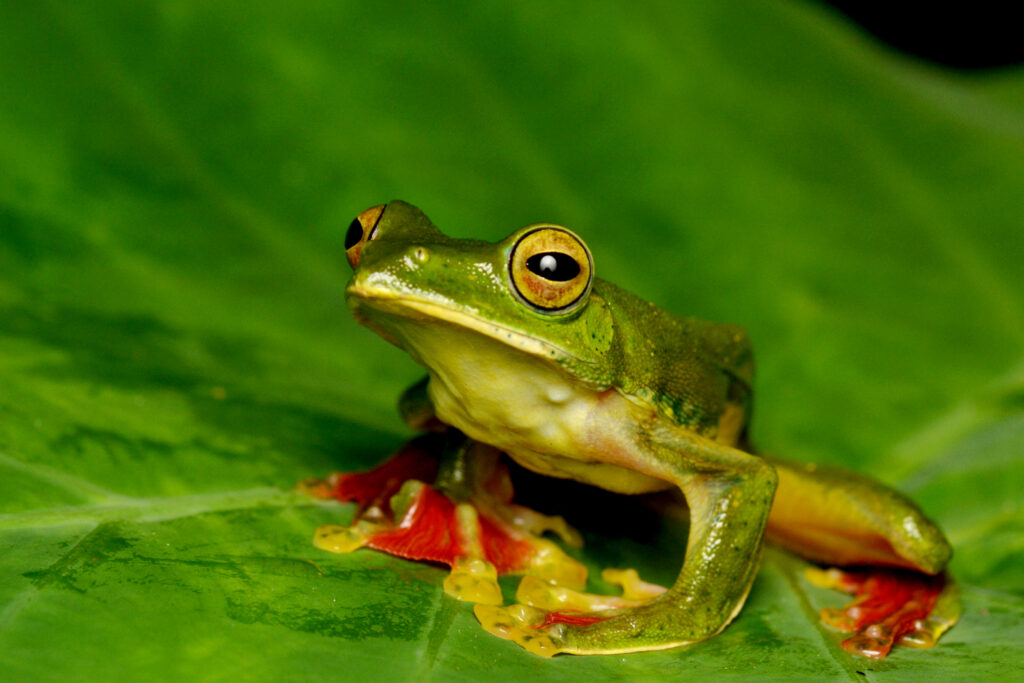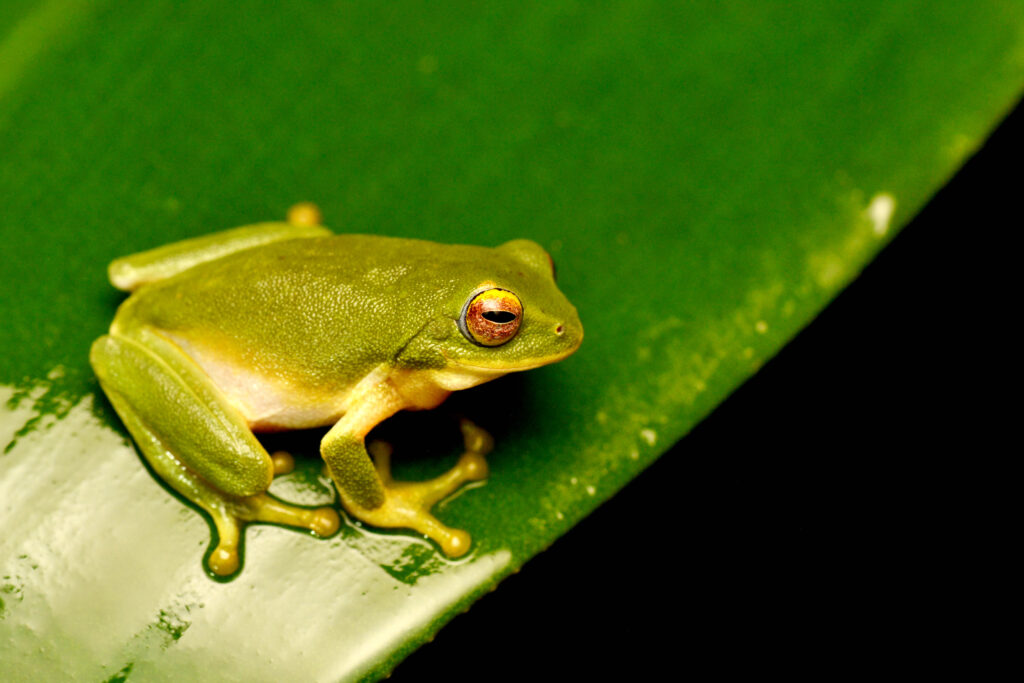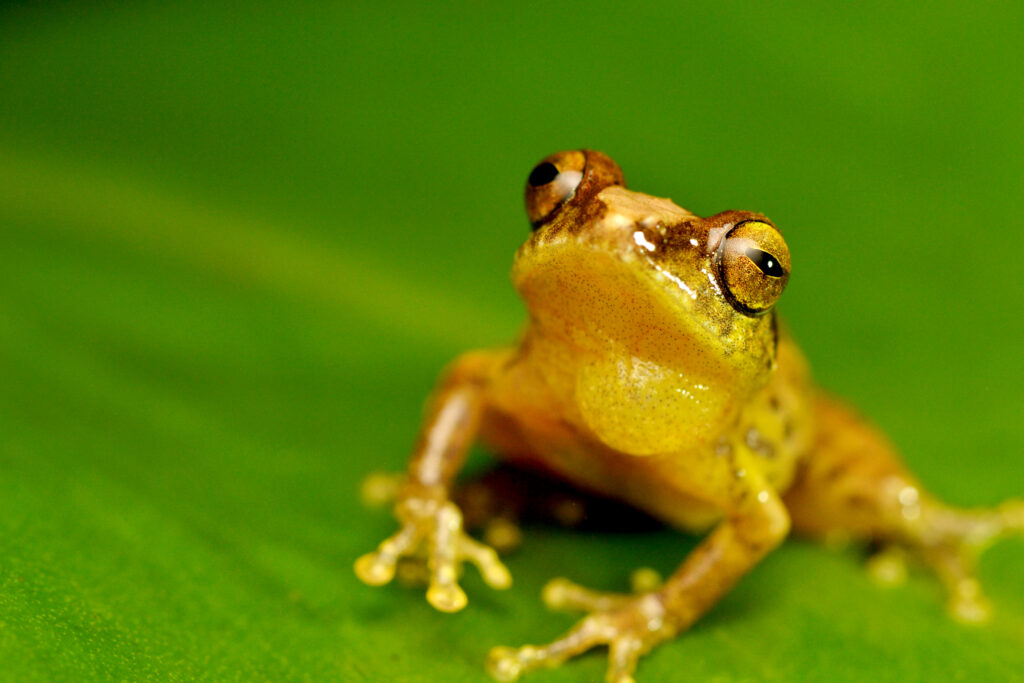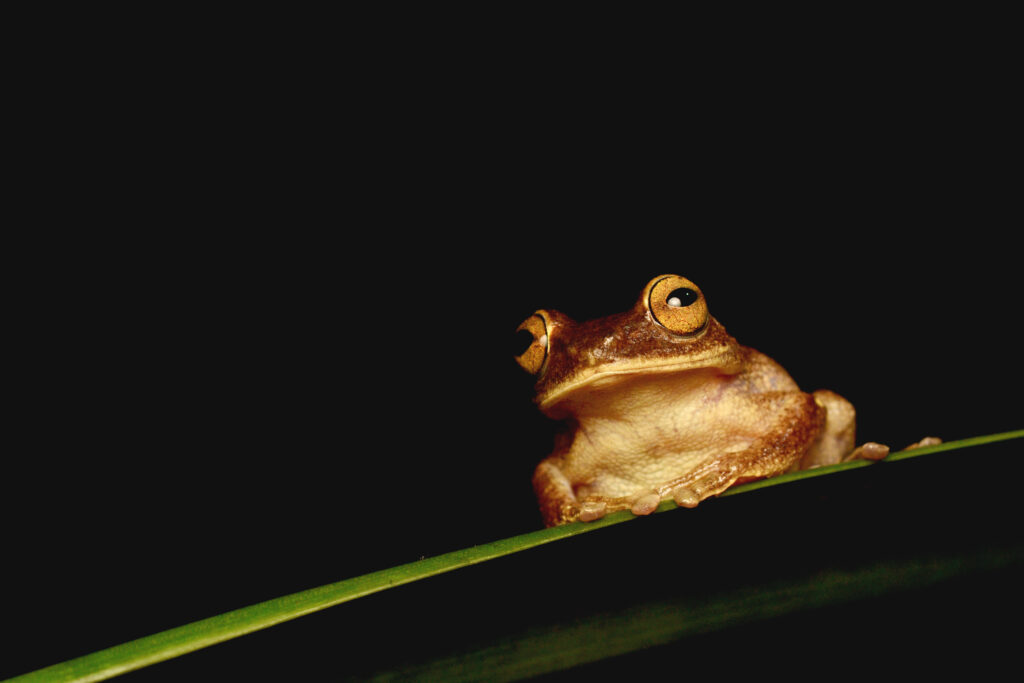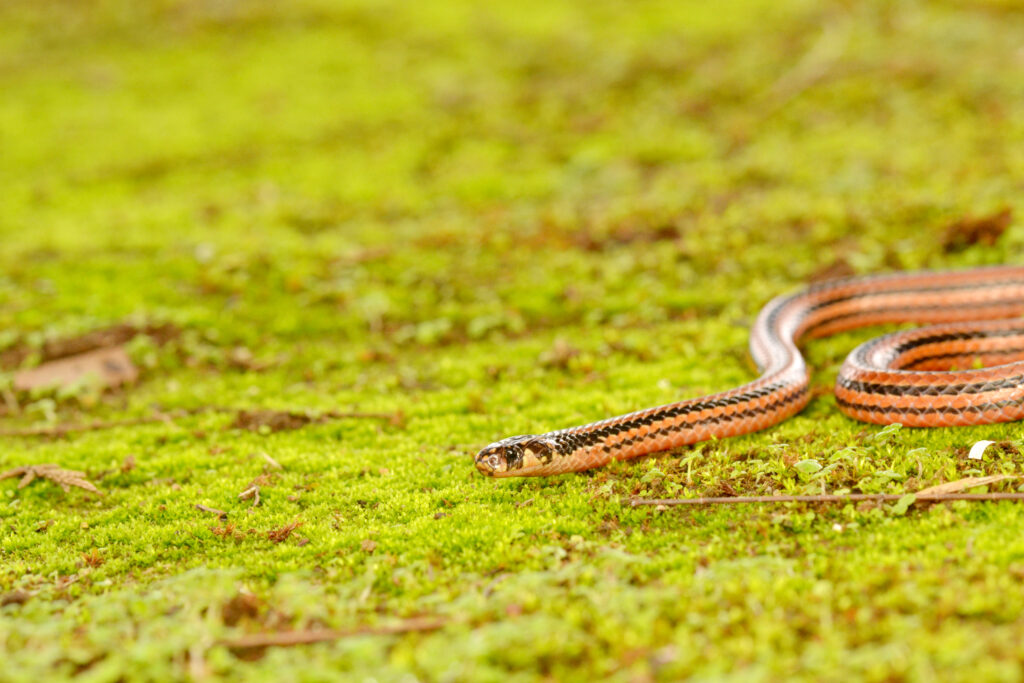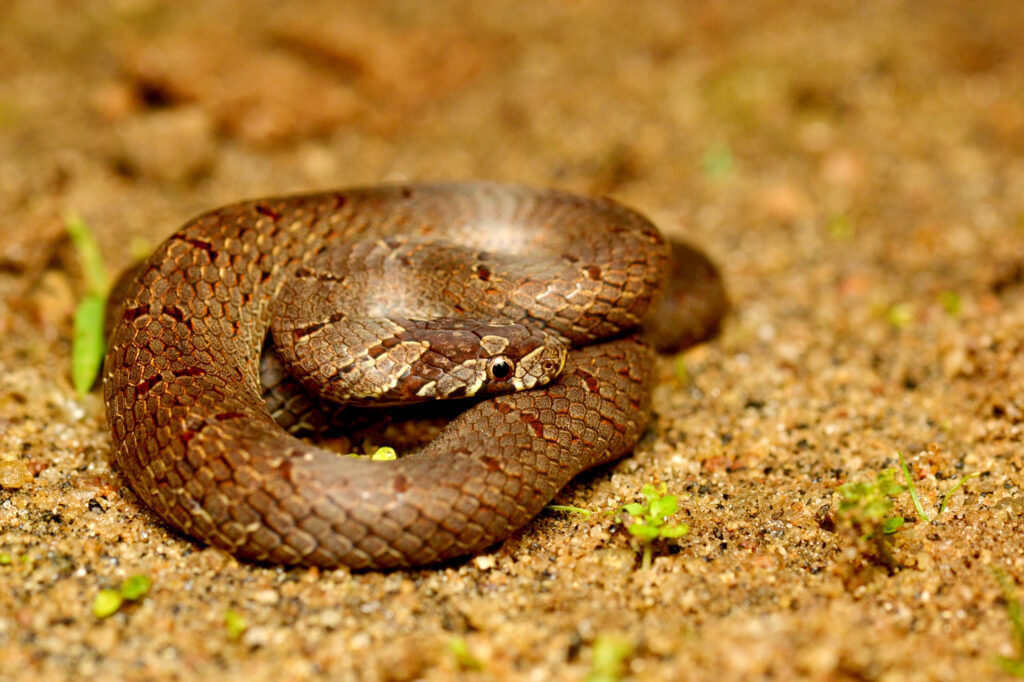

Ruhaan Majumdar is a class VIII student at The Shri Ram School Aravali in Gurgaon, and a budding wildlife photographer. He started his photography journey as a 9-year-old during the pandemic, and aspires to be in the world of wildlife photography and conservation. Ruhaan is now actively exploring the varied jungle habitats spread across India. He completed a Young Naturalist Program in Bandhavgarh this summer, and is now actively involved in a project at school that partners with a local computer centre in Ranthambore aimed at skill development for the local community.

Text and photographs By Ruhaan Majumdar
Story: You wake up to the melodious call of the Whistling Schoolboy-The Malabar Whistling Thrush. You step out of your bungalow and from your lawn you see the vast tea gardens with mist floating over them. In the distance you hear the “Hoo Hoo Hoo” of the Nilgiri Langur. This is an average morning in the beautiful Sheikalmudi Tea Estate in Valparai, which shares its eastern border with the famous Anamalai Tiger Reserve in the Anamalai hills of Tamil Nadu.
I made a trip to Valparai just as the monsoon touched the southern tip of India to explore the habitat of one of the rarest primates in the world, and go on my first herping expedition.
Valparai is one of the last and largest refuge of the Lion-Tailed Macaques, also called LTMs. One of the rarest primates in the world, they are found mainly near the Puthuthottam Estate near the main Valparai town. LTMs are endemic to the Western Ghats and are endangered due to habitat loss with the expansion of cash crops such as tea and coffee. In fact, so much of their habitat has been lost that they are commonly found around the human habitations of Puthuthottam, and are often seen on the roofs of houses and on the main highway.
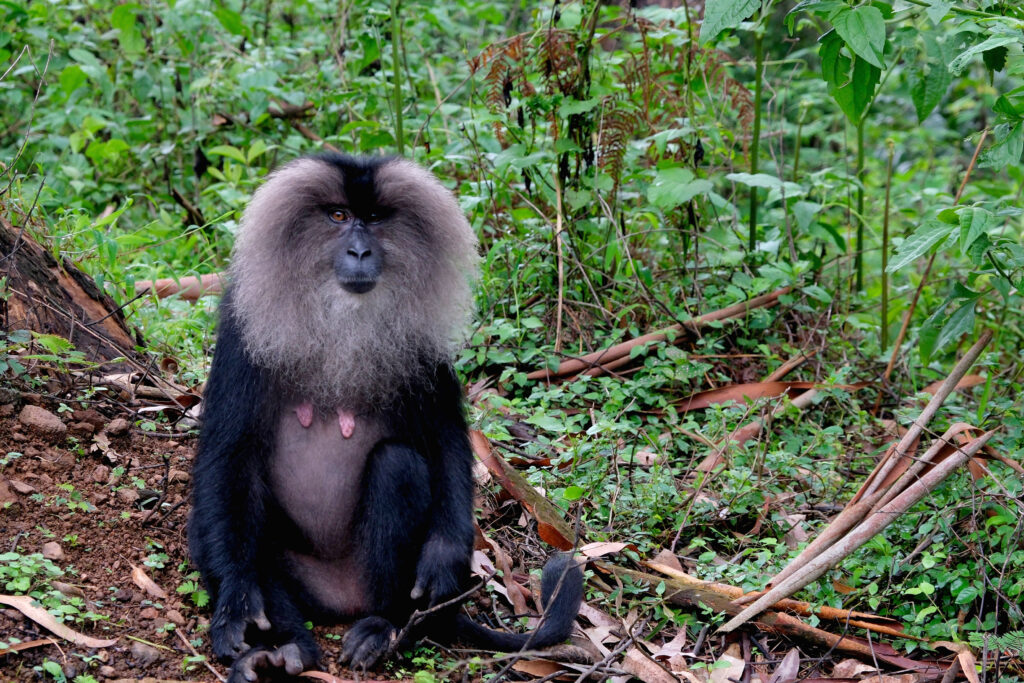
Both of these pose serious risk to their population. LTMs often enough end up as roadkill. Moreover, single-use plastic threatens their existence with LTMs foraging for food through roadside dustbins and litter with continued habitat loss.
The tea estates in the region are also a haven for other wildlife. Gaur and Stripe Necked Mongooses are very common in the tea gardens. Occasionally, Leopards, Wild Dogs (Dholes) and Elephants are also seen. Elephants are sighted mainly in the winter months, when they migrate to the lower part of the plateau. Sloth Bears count for a rare sighting, though I did get lucky and saw two of them on my visit. They are both shy and, surprisingly, fast enough to escape the camera shutter. Nilgiri Langurs are easily seen on trees throughout the region.
Valparai is also a paradise for birdwatchers. More than 300 species are found in the area. Great Hornbills are the star attraction. This is arguably the best place in the world to see them, especially during the fruiting of the invasive Maesopsis tree in the months of September and October. Many other beautiful birds call this place home, such as the Flame-Throated Bulbul, Black Eagle and the Vernal Hanging Parrot.
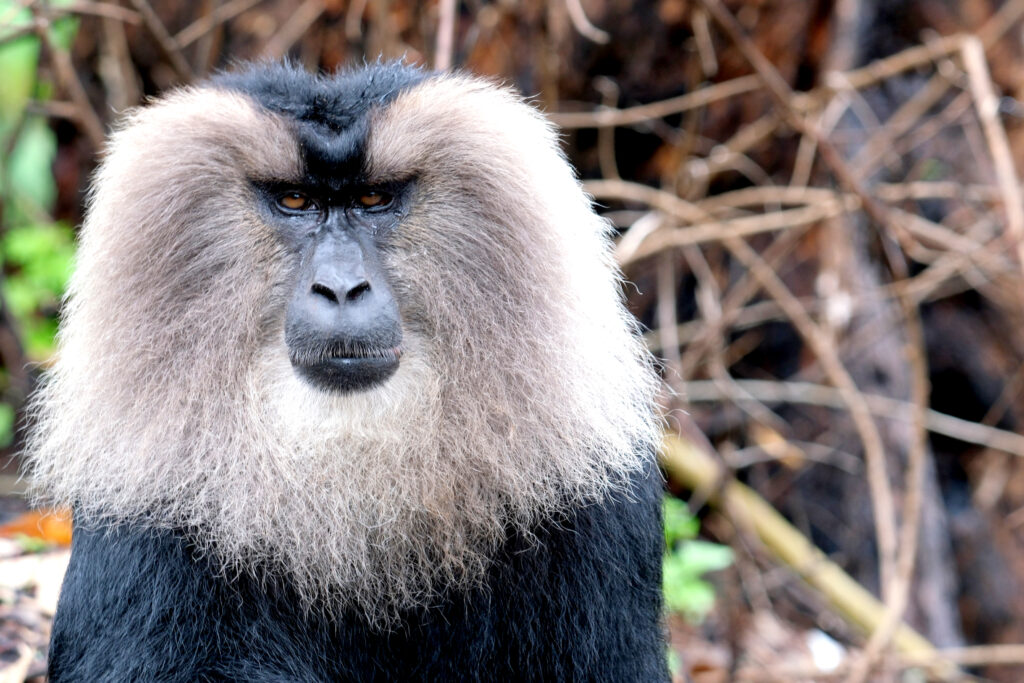

Other than seeing more than 50 species of birds and around 10 species of mammals, this was also my first time doing macro photography. The Western Ghats is probably the best place in India for herping, except maybe the North East. With over 200 species of frogs and toads and 30 species of snakes, this place is a hotspot for any macro photography enthusiast. Some beautiful frogs I saw here were the Indian Golden Backed Frog (Indosylvirana indicus), Jayaram’s Bush Frog (Raorchestes jayarami) and the Nelliyampathy Dancing Frog (Micrixalus nelliyampathi).
Herping has definitely been one the most memorable experiences of my life so far. Leaving at 7 in the evening to look for frogs and snakes in tea estates and small ravines and coming back at 9:30-10 at night became a daily routine. We came across a leopard, two sloth bears and innumerable Gaurs while herping. We ended our trip by sighting around 15 species of frogs and 4 species of snakes. Valparai is truly a wildlifer’s paradise, and even though there are large tracts that remain undisturbed, conscious tourism and sustainable economic opportunities will have to be undertaken to limit habitat loss, and continue to provide a safe haven for flora and fauna to thrive and grow.
